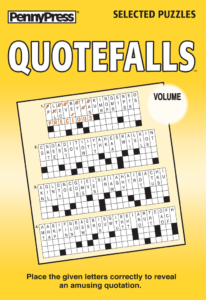Put Some First-Person Impact in Your Business Blog
“You thought I was just brewed leaves and nothing more, but I’m the most consumed drink in the world next to water. I have launched ships and started wars, and I helped birth your country.” So begins a three page article by Kate Lowenstein and Daniel Gritzer about the history of tea.
We know what it feels like to be human and write from the perspective of a human. But, what does it feel like to be a shoe or a pencil or a dictionary? The point of view in a story, is “the narrator’s position in the description of events,” explains Pamela Hodges in thewrwitepractice.com.
Looking for unconventional, potentially striking ways to explore what it means to be human in your writing? It may seem counterintuitive, but personification—ascribing human qualities to inanimate objects—can open new avenues to plumb the depths of human experience, writes Katherin Quevedo of the Science Fiction Writers of America.
Whether you’re representing an inanimate object or a very human business owner or professional practitioner, first person writing has a certain power. Admittedly, nobody likes people who speak of nothing but themselves, but in blog marketing, I stress first person writing because of its one enormous advantage – it shows the people behind the posts, revealing the personality of the person or the team standing ready to serve customers.
- “At —— Dry Cleaners, we believe….”
- “At ——— Heating & Air, we always…..”
- “Despite the widely held belief that….., I’m convinced that……”
In blogging, of course, different posts serve different purposes. First person (“I”, “I’m”,” we”, “we’re” packs emotional punch. Second person pronouns (“you”, “your”, and “you’re”) can be a good fit for how-to blog posts, while third person (“he”, “she”, “they”) pronouns may be the choice for news items.
Whether you as owner or practitioner are doing the writing or using the services of a blog content writer, your perspective can be provided only by you, in first person, straight to the readers: In the blogosphere, the more personal, the better.
On the other hand, all content writing for marketing blogs needs to be based on the “you”s who are the targeted readers, and about their wants and needs. Bottom line? Keeping your target audience (the “you”) in mind, put some first person impact in your business blog!






Follow us online!